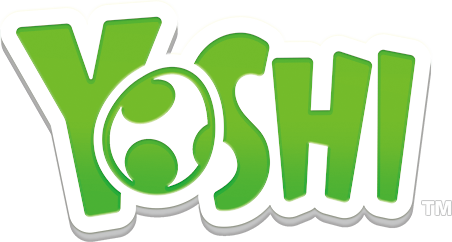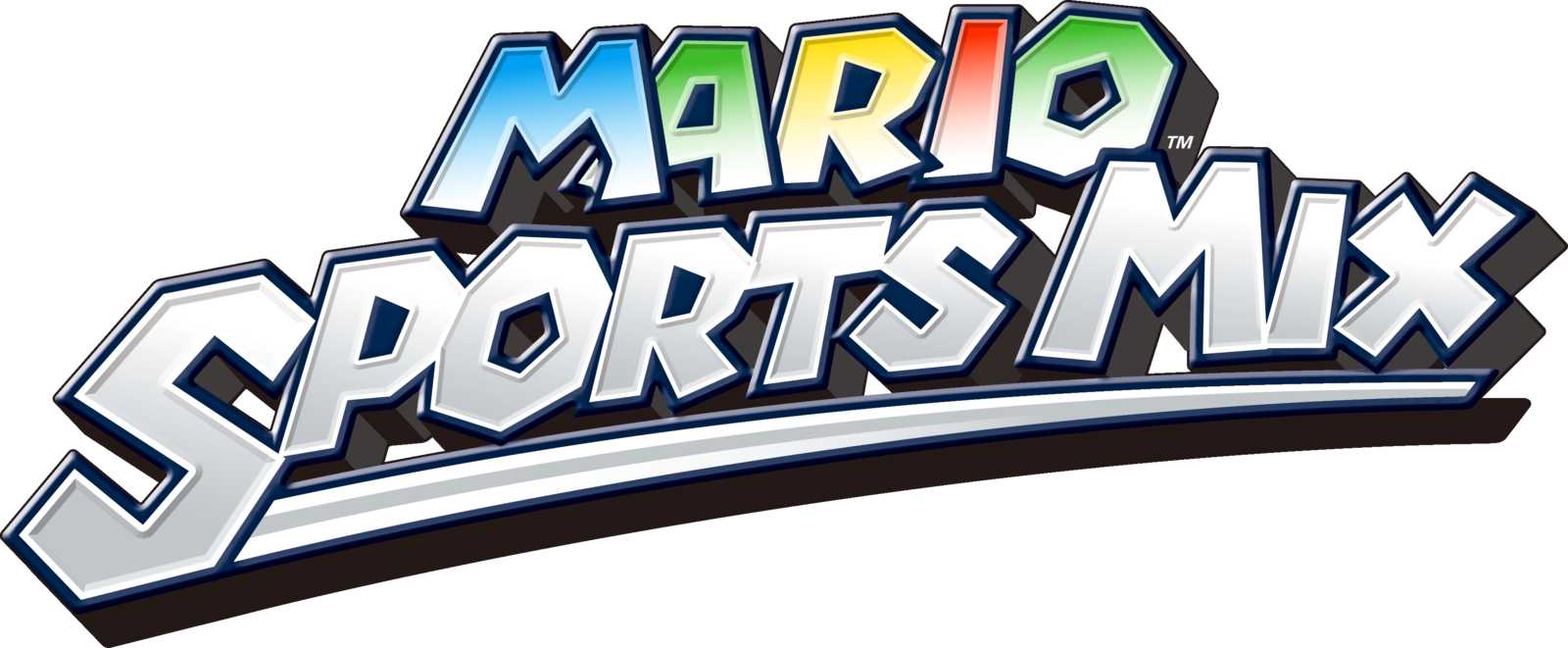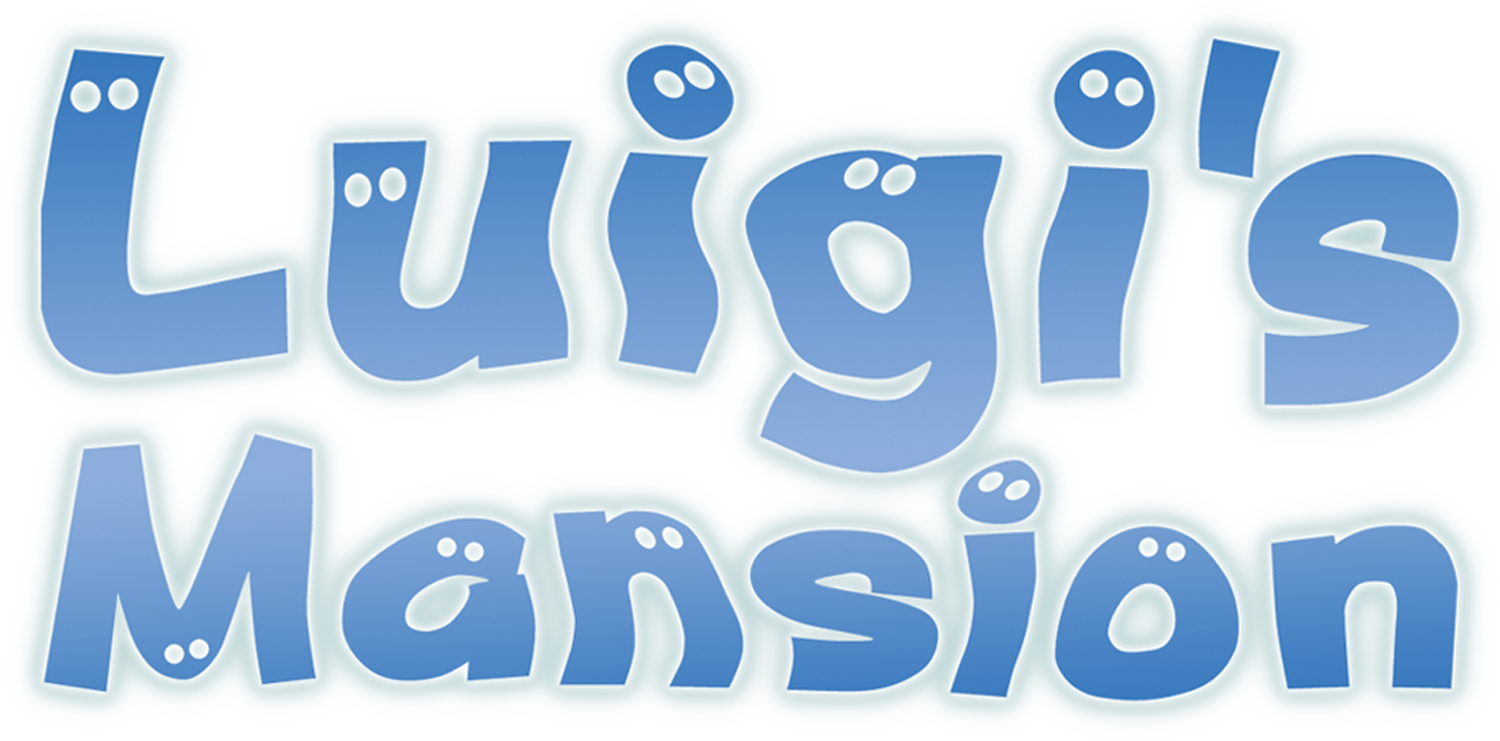The Mario series is very controversial when it comes to versus debating and power scaling, in no small part to its confusing canon. Now to a certain extent this is understandable, as there are so many games in the Mario franchise and not everyone is going to be knowledgeable in all or even most of them. However, I also feel that there is absolutely a double standard when it comes to the Mario series to write everything off as non-canon, while series with similar loose canons are not given the same treatment. Today I hope to reconcile some of that. This will intend to connect every part of the Mario franchise that I believe to be canon, with everything linking back to the mainline platformer Super Mario series.
Also, there is a certain idea that I have seen go around that I will call "not canon until proven otherwise". Now I don't necessarily have a problem with this argument, except that the Mario franchise seems to be the only series that this argument gets used against. For other series, I have seen plenty of people give the benefit of the doubt that "oh this piece of media isn't supported by canon, but it also doesn't contradict anything so it seems fine to use," which I also don't have an issue with this stance. In fact I have used this argument before. It is just that this argument seems to be flipped for the Mario franchise for no good reason, where suddenly everything is not canon until you can prove that it is canon. This is more of the double standard against the Mario series that I was talking about earlier.
Now despite that, I will be attempting to connect everything together through actual connections shown in the games and supporting material. So if you do subscribe to the above argument, then you should still come away with this understanding how everything connecting is canon.
Also if you're wondering about the Doofenshmirtz blog, that is unfortunately taking a little longer than expected, so in the meantime I am releasing this blog and potentially one more before Doof's. I have a list of characters that I would like to write about, so I can easily switch between several if I am feeling bored. Also in the future, I might write about specific matchup predictions for shows like Death Battle, so be on the lookout for those later.
With that stuff out of the way, let's begin diving into the canonicity of Mario.
Mainline Platformers
To start off, the games that everyone can agree are canon are the mainline series of platformers. These should be pretty obvious to anyone familiar with the series. The mainline games reference each other all the time and are sometimes direct sequels to each other, like the Super Mario Galaxy duology. When F.L.U.D.D. scans Mario at the beginning of Super Mario Sunshine, we can see clips of Super Mario Bros., Super Mario World, and Super Mario 64 in the bottom left corner, with the bottom right corner including the backwards names of all of those games, as well as Mario Bros., Super Mario Bros. 2, and Super Mario Bros. 3, among Mario Kart games we'll get into later. In Super Mario Odyssey, we again see clips from other games when Mario captures Bowser, with Super Mario Bros., Super Mario Bros. 3, Super Mario World, and Super Mario 64 being there. Obviously these aren't the only games in the Super Mario series, but it does show that they all exist canonical to each other if that wasn't already obvious.
A full list of games in the Super Mario series can be found here. This should also include any games closely tied to one or more of these games, such as Captain Toad Treasure Tracker, Super Mario Bros. 35, Super Mario World 2: Yoshi's Island, and Super Mario Land 3: Wario Land. These are either direct continuations of games in the Super Mario series or at least heavily tied to one of them.
This is probably where I should also talk about remakes. I covered this a little bit in my Yoshi blog, but I'll cover it here as well. Both the remakes of games and the original games should be valid for getting feats, arsenal, or otherwise from. In the Mario series specifically, this extra applies, as remakes will often make reference to the fact that they are the same story but a second time. Super Mario 64 DS specifically is another adventure that happens to have the same story, as Koopa the Quick referenced meeting Mario before in the DS version, while in the N64 version he has to introduce himself, indicating that they are two separate adventures in the same continuity.
The Super Mario Maker games will be covered later. Now I think we have a pretty clear groundwork for the basis of canonicity for Mario, as all of the games here are undisputedly canon. If you are going to argue for any of these being non-canon, then at that point why have Mario characters in battles at all if they're only going to be a tiny fraction of their actual appearances. So these games will serve as a good collection of games that the other games will connect to.
The Yoshi series is next, and this should probably be obvious to anyone familiar with the Yoshi series, but it is very closely tied with the Super Mario series. Now the Yoshi series is confirmed to not take place in the Mushroom Kingdom specifically, and instead takes place elsewhere, which makes sense as we see in Super Mario World that Yoshi's Island is separate from the Mushroom Kingdom. The Yoshi series is built off of Super Mario World 2: Yoshi's Island, which is obviously directly connected to Super Mario World. Moreover, the Perfect Ban Mario Character Daijiten, an old character encyclopedia for the Mario series, references that the Yoshi from Super Mario World is the same one that starred in three of his own games, those being Yoshi Cookie, Yoshi, and Yoshi's Safari, which were the three Yoshi games that were out at the time.
Mario Kart series
Mario Sports series
This is for all of the Mario sports series, such as Mario Golf, Mario Tennis, Mario Baseball, Mario Strikers, and a few stand alone games. They are all together for simplicity-sake, and that there's no real reason some of them should be canon while others wouldn't be. Most of the evidence refers to "sports" in the general term anyway. Also some of these will also include more evidence for the Mario Kart series, as officially those are sometimes grouped together with the sports games.
The official website for Nintendo states that Mario is a sports star and a kart racer, as well as officially listing that he plays Tennis, Golf, Baseball, and Kart Racing, with artwork associated with each corresponding series. Additionally, on that same website
Mario, Peach, Daisy, and Waluigi are all given bios that reference them being good at sports and loving to play them.
The official description for Wrecking Crew on Nintendo Switch Online states that the game takes place "before Mario and Luigi became sports stars", of course referencing the sports series.
The official guide for Mario Kart Wii states that Donkey Kong has a love of golf and tennis as well, a clear and intentional reference to the Mario Golf and Tennis series.
Donkey Kong series
Next up is the Donkey Kong franchise of games. These include any game featuring Donkey Kong or one of the other kongs as the main characters, and I don't really feel the need to explain how all of these are connected to each other. The Donkey Kong series is obviously very closely-tied to the Mario franchise, given that they both started from the exact same game, but there is more connecting them than just that.
The Mario & Luigi series has five games, as well as two remakes. The most obvious reference to other series is Superstar Saga directly calling Super Mario Bros., Super Mario World, and Super Mario 64 past adventures. The official magazine for Partners in Time also references many adventures Mario and Luigi have gone on, stating to have won karting tournaments (Mario Kart), become tennis stars (Mario Tennis), danced their way to justice (DDR: Mario Mix), hit the golfing greens (Mario Golf), and one of them has been to space (Super Mario Land 2). It also states that Luigi has proved what a great ghostbuster he is, in reference to Luigi's Mansion, and in Dream Team, Luigi's Dream Deep also references Luigi's Mansion with Luigi stating that he hunts ghosts. Toadette references Captain Toad Treasure Tracker in Paper Jam. Mario and Luigi's house in the Superstar Saga remake features a trophy from Mario Kart 8, tennis rackets and golf clubs lifted straight out of the sports games, and Builder Mario's outfit from Mario Maker.
Perhaps my second most controversial inclusion for canon, the Mario + Rabbids duology of games, while a crossover series, does not contradict the Mario series in any meaningful way. The Phantom, in his song, references both Donkey Kong and Mario Kart as canon games that this Mario experienced, establishing that the Mario from this game is the same one as the one from those games. Beep-0 asks Yoshi about Yoshi's Island, and the Croaker Disposer weapon, based on Winky from Donkey Kong Country, references Monkey Mines from that game as an actual location. Rosalina also states that she went looking for her family once, a clear reference to her backstory from Super Mario Galaxy.
Now yes, it is a crossover game, but unlike other crossover games these actually provide a reason for how the two worlds combined. With the vortex at the beginning of the first game sucking everything from the Mario universe in to it. Additionally, we cannot really say that these Rabbids are the exact same Rabbids from other Rabbid or Rayman games, unlike what we can do for the Mario characters, so there is no trouble with scaling as it isn't actually crossover scaling. Again, nothing actually contradicts these games being canon, and there is more evidence in favor of it being canon than against it.
Oh boy, the Paper Mario series. There have been a lot of discussions about the canonicity of the Paper Mario series, many arguments started and even several wars between neighboring countries about this. Not actually but the point stands that this is pretty controversial, so I will be going very in depth on this one, thoroughly explaining my points and debunking any counterarguments I have seen.
As seen, there is a lot of evidence pointing in favor of the Paper Mario series being canon to the rest of the games. However, I know that people are hesitant to say that the Paper Mario series is canon for two main reasons: Paper Jam, and the Paper artstyle. I'll cover these one at a time.
However, Paper Jam also can't take place before Sticker Star, because otherwise Tower Power Pokey wouldn't have the Royal Sticker as they were released at the beginning of the game. So Paper Jam must take place during Sticker Star's events, right? Well, no because there's no point in Sticker Star's story that a giant break in the action could take place. As well, Kertsi was with Mario the entire time during the events of Sticker Star, yet she isn't referenced at all in Paper Jam. Bowser was corrupted by the Royal Sticker directly after the Royal Stickers spread across the world, and doesn't get uncorrupted until the very end of the game, yet we can clearly see in Paper Jam that Paper Bowser is not corrupted by the Royal Sticker. Therefore, there is no point in time within the story of Paper Mario: Sticker Star where Paper Jam could take place, confirming that the Paper Mario from Paper Jam is not the same character as the Mario from the Paper Mario games.
To further back this up, there is a room in Paper Mario: The Origami King with pictures of Peach from every Paper Mario adventure. We see Paper Mario, The Thousand-Year Door, Super Paper Mario, Sticker Star, Color Splash, and Origami King, yet Paper Jam is missing. If the Paper Mario characters seen in Paper Jam were truly the same characters as seen in the Paper Mario series, we should expect to see a picture of Paper Peach here, but we do not, meaning that the characters are different.
Based off of this, and the fact that there is a ton of evidence in favor of Paper Mario being canon to the series, originating both before and after Paper Jam's release, even by the creators of Paper Jam, it is clear that the Paper universe seen in Paper Jam is not the same as the Mario universe seen in the Paper Mario games. Paper Jam does not reference the Paper Mario series in any meaningful way and is actively contradicted by 2 separate Paper Mario games.
I do not want this section to go on longer than it has to, so here is the conclusion. The Paper Mario series has too much evidence in favor of it being canon to be ignored. Paper Jam has too many contradictions with the Paper Mario series and makes no effort to present itself as the Paper Mario series, so should not be used as a counterargument. The artstyle changes in the series are no different than anything else that happens in the rest of the Mario franchise. Paper Mario is undoubtably canon.
Super Mario Adventure comics
While there is nothing that explicitly says that these comics are canon, they remain very consistent with the games and there is nothing that would suggest that they are not canon.
Miscellaneous Games
There are other games that should be considered canon too, but they don't have enough material to give them their own section.
I will continue to update this section or any other sections in the future if more information comes out for any of these.
So that should give you a good idea of how everything fits into the Mario canon. Everything that is not listed here, such as any of the cartoons, Hotel Mario, Mario & Sonic, Super Smash Bros., Mario-Kun, or any of the three movies should not be considered canon. They contradict the games too much to be canon and some of them are explicitly stated to be not canon. I hope you enjoyed this blog and feel free to ask any questions you may have. Next blog should be another character analysis (probably another Mario character), and then Doofenshmirtz will come after that. See y'all next time!












Comments
Post a Comment